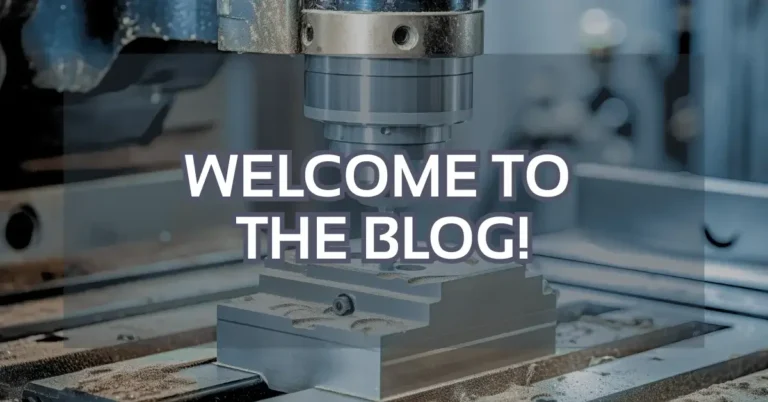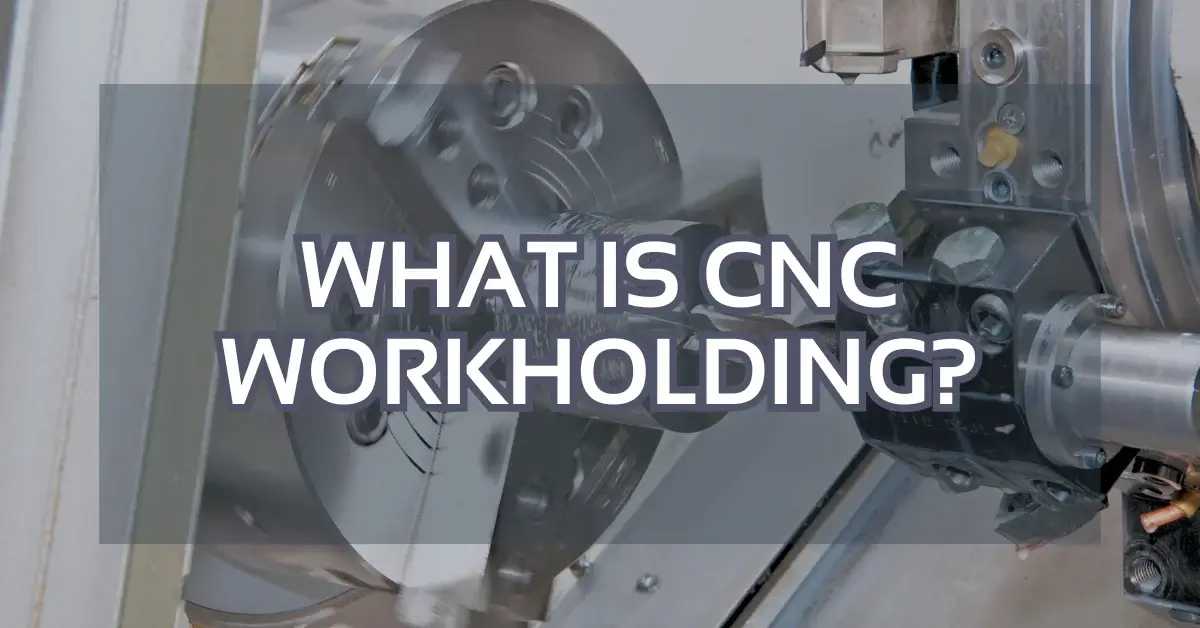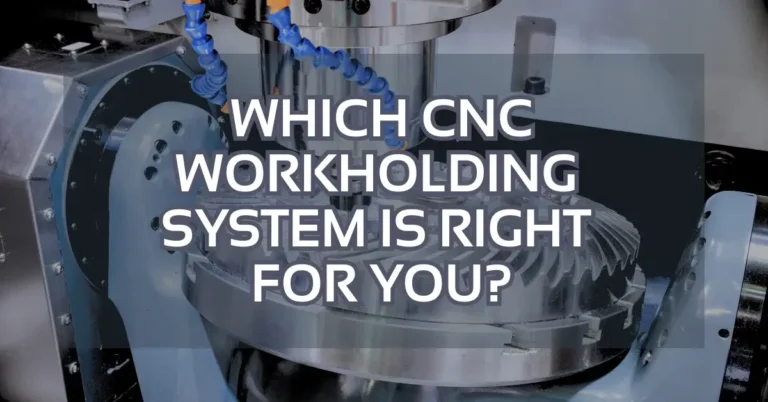
Welcome to The Full Grip CNC Workholding Blog!
New to CNC workholding or just looking to sharpen your setup game? This blog is built for machinists across Australia and New Zealand who want practical tips, expert advice, and real-world answers.


New to CNC workholding or just looking to sharpen your setup game? This blog is built for machinists across Australia and New Zealand who want practical tips, expert advice, and real-world answers.

Lorem ipsum dolor sit amet, consectet adipiscing elit,sed do eiusm por incididut labore et dolore magna aliqua. Ut enim ad minim veniam, quis nostrud exercita ullamco Lorem ipsum dolor sit amet, consectet adipiscing elit,sed do eiusm